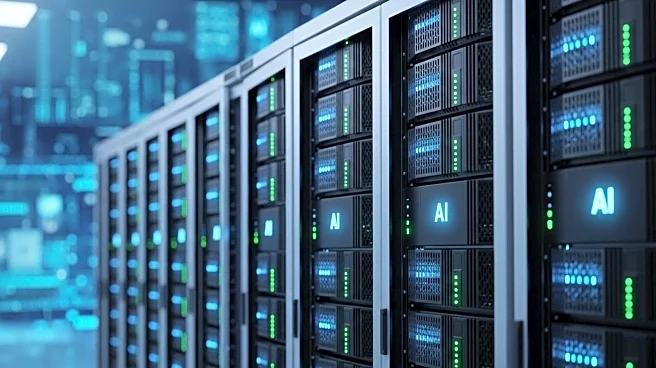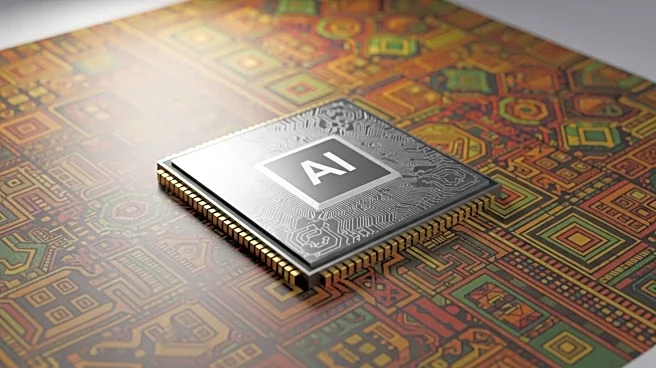What's Happening?
Seacom has unveiled plans for a new subsea cable system, Seacom 2.0, designed to provide AI-level capacity across the Indian Ocean Basin, Middle East, Mediterranean, and Southern Europe. The system will feature 48 fiber pairs to support high-capacity, low-latency AI workloads. The cable's landing stations will serve as AI communication nodes, linking African nations' AI infrastructure to global data hubs. The project aims to enhance connectivity and digital sovereignty for African countries.
Why It's Important?
Seacom 2.0 represents a significant advancement in digital infrastructure for Africa, potentially transforming the continent's role in global data flow. By providing robust connectivity and supporting AI workloads, the system could drive technological innovation and economic growth in the region. The focus on digital sovereignty is crucial, as it empowers African nations to control their digital destinies and reduces reliance on external infrastructure.
What's Next?
The development of Seacom 2.0 may lead to increased investment in digital infrastructure across Africa, attracting content and application providers to the region. As the project progresses, stakeholders will likely focus on ensuring the system's resilience and security. The cable's impact on regional integration and open access will be closely monitored.
Beyond the Headlines
Seacom 2.0 could have broader implications for global connectivity, potentially influencing international data exchange standards and practices. The project's emphasis on open access and regional integration may serve as a model for other regions seeking to enhance their digital infrastructure.











